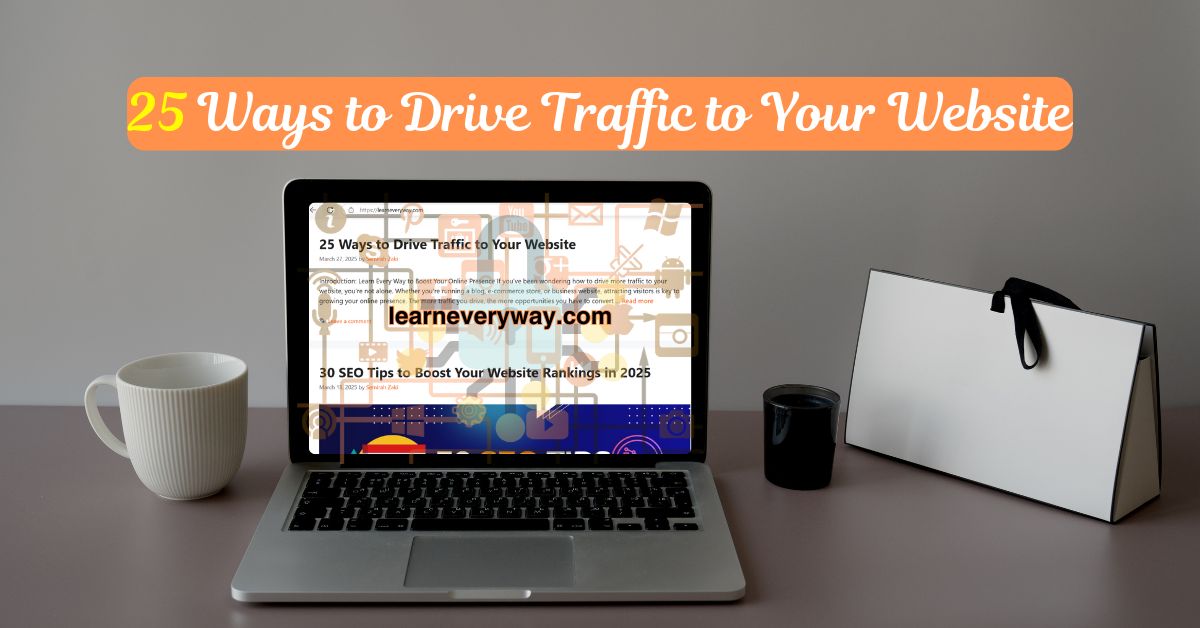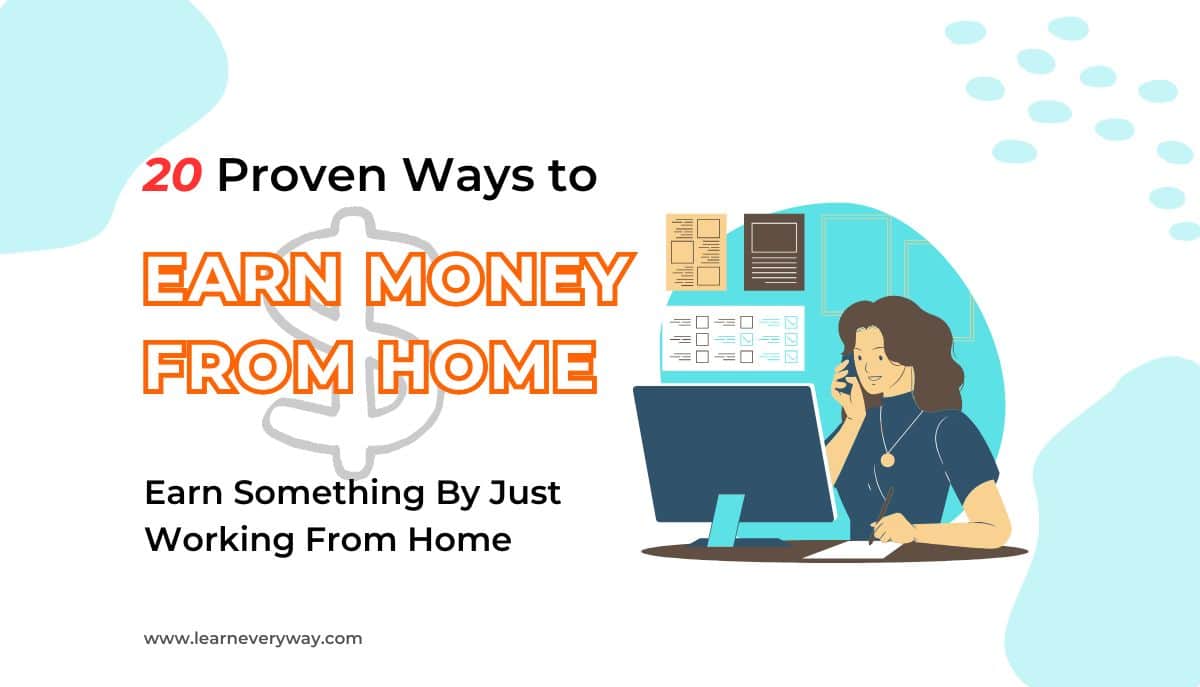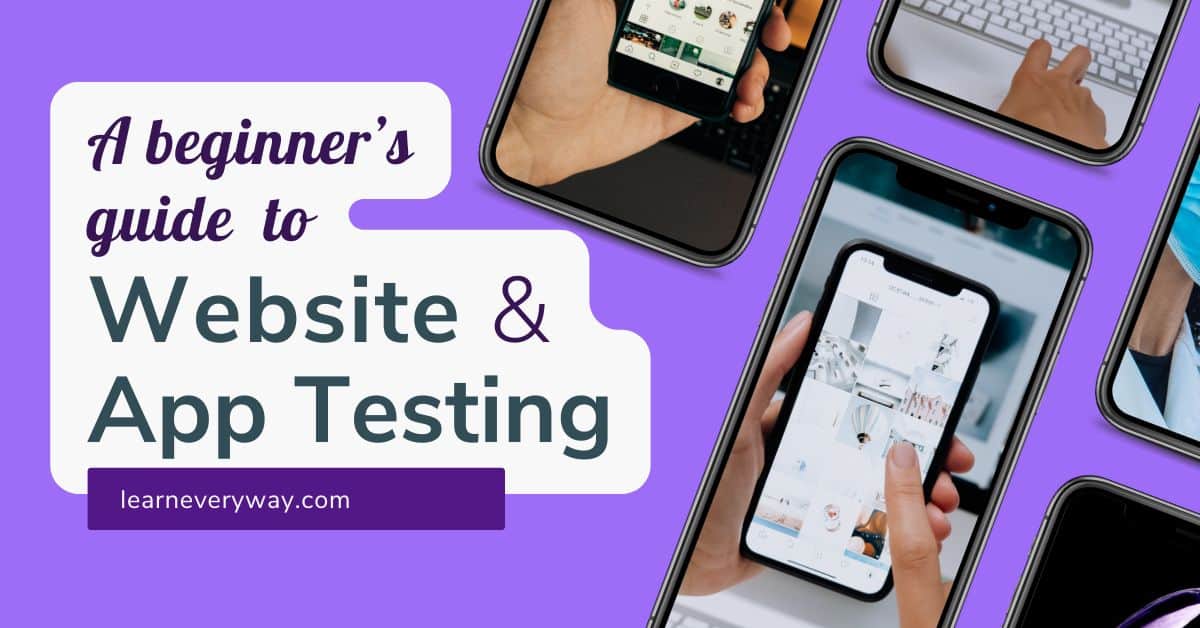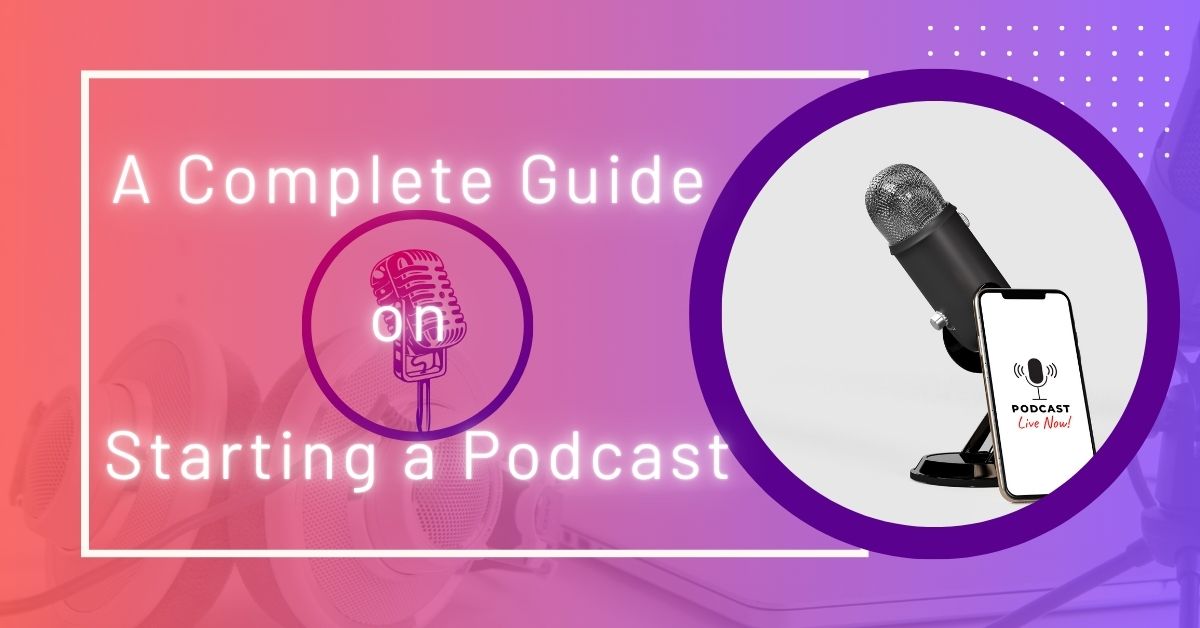Some of the links in this article are affiliate links, which means I may earn a small commission if you sign up or make a purchase through them, at no additional cost to you. Please note that my opinions and experiences are based on my own research and use of the platforms. I only recommend products and services that I believe will be valuable to my readers. Thank you for supporting my work!
Introduction: Learn Every Way to Boost Your Online Presence
If you’ve been wondering how to drive more traffic to your website, you’re not alone. Whether you’re running a blog, e-commerce store, or business website, attracting visitors is key to growing your online presence. The more traffic you drive, the more opportunities you have to convert visitors into customers, subscribers, or followers.
In this article, I’ll share 25 proven ways to drive traffic to your website. These strategies will help you get noticed, whether you’re just starting or looking to improve your existing efforts. By learning every way to drive traffic, you can optimize your website for search engines, improve user experience, and enhance your social media presence—all of which contribute to bringing in more visitors.
Let’s dive into each of these 25 traffic-driving techniques and break them down into actionable steps you can start using today.
1. Optimize Your Website for SEO
Search Engine Optimization (SEO) is the foundation of organic traffic. By optimizing your website’s content for search engines like Google, you increase your chances of ranking higher in search results and appearing in front of potential visitors. SEO is essential for long-term growth, so it’s important to consistently focus on improving it.
SEO practices to follow:
- Keyword Research: Research relevant keywords using tools like Google Keyword Planner or Ubersuggest. Focus on long-tail keywords (specific search phrases) because they often attract higher-quality traffic.
- On-Page SEO: Use keywords naturally in your page titles, meta descriptions, headers, and body content. This helps search engines understand what your pages are about.
- Site Structure and Navigation: A clean and easy-to-navigate website is crucial for both users and search engines. Use a clear URL structure and organize your content into categories.
- Mobile Optimization: Ensure your site is mobile-friendly, as many users browse on smartphones. Google also rewards mobile-friendly websites with higher rankings.
- Page Speed: A fast-loading website improves user experience and helps with SEO. Tools like Google PageSpeed Insights can help you test and improve speed.
By implementing these strategies, you’ll gradually see improvements in your search engine rankings, leading to more organic traffic.
2. Write High-Quality Blog Posts
Blogging remains one of the most effective ways to drive traffic. When you create valuable and informative blog posts, you increase your chances of being found by people searching for answers to their questions.
Blogging tips:
- Focus on Quality Content: Your content should be informative, well-researched, and answer your audience’s questions. Provide value and insights that they can’t find anywhere else.
- SEO for Blog Posts: Use the target long-tail keywords you’ve researched to optimize your blog content. Add keywords naturally within your blog title, headings, and throughout the post.
- Long-Form Content: Longer posts tend to rank better on search engines. Aim for at least 1,500 words per post to provide detailed value.
- Internal Linking: Link to other relevant blog posts or pages on your website. This helps visitors discover more content and boosts SEO by distributing page authority.
By consistently publishing blog posts that answer your target audience’s questions, you’ll naturally see increased traffic over time.
3. Leverage Social Media Platforms
Social media is one of the fastest and most effective ways to drive traffic to your website. With billions of users across platforms like Facebook, Instagram, Twitter, and LinkedIn, you have access to a massive audience. Social media allows you to share your content, engage with your followers, and drive traffic back to your site.
Social Media Strategies:
- Share Blog Content: Share your blog posts on your social media platforms. Use eye-catching images, quotes, or video snippets to entice followers to click through.
- Engage with Your Audience: Respond to comments, share user-generated content, and build relationships with your followers. A strong social media presence can lead to more website traffic.
- Use Hashtags: Hashtags help your content reach a wider audience. Use relevant hashtags to increase visibility and attract users who are interested in your niche.
- Paid Ads: Platforms like Facebook, Instagram, and Twitter offer paid advertising options. These can be highly targeted, helping you reach the right audience for your content.
Though Social media is an ongoing effort, but if done correctly, it’s an excellent way to drive traffic back to your website.
4. Use Paid Ads (Google Ads, Facebook Ads)
Paid advertising is one of the quickest ways to drive targeted traffic to your website. Platforms like Google Ads and Facebook Ads allow you to create highly targeted campaigns based on specific criteria such as demographics, interests, and online behaviors.
Paid Ads Tips:
- Google Ads: Create pay-per-click (PPC) campaigns targeting keywords related to your business. These ads appear on search engine results pages, allowing you to reach people actively searching for your products or services.
- Facebook and Instagram Ads: These platforms allow for detailed targeting based on location, interests, and behaviors. You can promote blog posts, product pages, or offers to your audience.
- Retargeting: Retargeting ads help bring back visitors who’ve already been to your website but didn’t take action. These ads remind them of your site and encourage them to return.
While paid ads require an investment, they can be highly effective in bringing immediate traffic to your site, especially when you have specific offers or promotions.
5. Participate in Online Communities and Forums
Engaging with communities and forums can drive traffic to your website by allowing you to contribute value and gain credibility. Sites like Reddit, Quora, and niche-specific forums are great places to interact with potential visitors.
Community Participation Tips:
- Answer Questions: On platforms like Quora or Reddit, users often ask questions. By answering these questions and linking back to relevant pages on your website, you can drive traffic.
- Avoid Spamming: Don’t just drop links to your website without providing value. Engage in meaningful conversations and only include links when they genuinely help answer someone’s question.
- Focus on Niche Communities: Find niche forums or groups related to your business or industry. Engage with their members and build relationships over time.
Being a helpful and active participant in online communities can increase brand awareness and lead to more traffic to your website.
6. Offer Free Resources (eBooks, Guides, Templates)
Offering free resources is a great way to entice visitors and drive traffic to your website. People love free content, and it’s an excellent way to build your email list as well.
Ideas for Free Resources:
- eBooks and Guides: Create in-depth, informative eBooks or guides on topics relevant to your audience. Offer these resources in exchange for their email address or a visit to your site.
- Checklists and Templates: Create downloadable checklists, templates, or worksheets that are valuable to your audience. These can be used to improve workflows or make tasks easier.
- Free Trials: If you offer a service, provide a limited-time free trial or demo. This can encourage users to visit your site and experience your offerings firsthand.
Providing free, high-quality resources not only drives traffic but can also help you generate leads by collecting email addresses for future marketing.
7. Email Marketing
Email marketing continues to be one of the most effective ways to drive traffic back to your website. By collecting email addresses through forms, pop-ups, or offers, you can send targeted campaigns that encourage readers to visit your site.
Email Marketing Tips:
- Build Your Email List: Offer incentives like free guides, discounts, or exclusive content in exchange for email sign-ups.
- Segment Your Email List: Segment your list based on user behavior or interests. Send personalized emails that speak directly to each segment’s needs.
- Include Calls to Action: Every email should include a clear CTA that encourages the reader to visit your website for more information or to take action.
By creating targeted and personalized email campaigns, you can drive repeat traffic to your website and build stronger relationships with your audience.
8. Collaborate with Influencers
Influencers have the power to bring significant traffic to your website. They have established credibility and large followings, so partnering with them can expose your website to a larger audience.
Influencer Marketing Tips:
- Choose the Right Influencers: Find influencers in your niche whose audience aligns with your target demographic.
- Offer Incentives: Provide influencers with an incentive to promote your website, whether it’s through affiliate commissions, free products, or exposure.
- Track Results: Use tracking links or unique promo codes to measure the success of influencer campaigns and adjust as needed.
Collaborating with influencers can drive targeted traffic to your website while expanding your reach and building credibility.
9. Guest Blog on Other Websites
Guest blogging is a time-tested strategy for building backlinks and driving traffic to your website. By writing high-quality guest posts on authoritative websites in your industry, you can showcase your expertise and provide a link back to your site.
Guest Blogging Tips:
- Research Opportunities: Look for websites and blogs in your niche that accept guest posts. Make sure their audience aligns with your target market.
- Offer Value: Write detailed, informative posts that provide value to the website’s audience. Avoid promotional content and focus on offering helpful information.
- Use an Author Bio: Include a compelling author bio with a link to your website. This is where you can drive traffic without overtly promoting yourself within the post.
Guest blogging can drive direct traffic and help build your authority in your niche.
10. Create Video Content
Video content is incredibly engaging and shareable. With platforms like YouTube, TikTok, and Instagram offering vast audiences, creating videos that provide value to your audience can drive a lot of traffic to your website.
Video Tips:
- YouTube: Start a YouTube channel and post regular videos that cover topics relevant to your audience. Add links to your website in video descriptions and encourage viewers to visit.
- Short-Form Videos: Platforms like TikTok and Instagram Reels allow you to post short, engaging videos. Use these platforms to create teaser content that directs viewers to your website for more.
- Live Streaming: Consider live streaming on platforms like Instagram or Facebook. Use the opportunity to interact with your audience in real-time and direct them to your website for additional content.
Video content is one of the most engaging formats for audiences, and it’s a great way to build traffic.
11. Leverage Online Directories
Listing your website on online directories can improve your visibility and drive traffic. Whether it’s a business directory, local listing, or niche directory, these platforms help you gain more exposure.
Directory Tips:
- Local Directories: If you have a local business, make sure to claim your Google My Business listing and other local directories.
- Industry-Specific Directories: Find directories that are specific to your industry and ensure that your website is listed.
Being listed in directories increases your visibility, helping drive traffic from users who are actively searching for businesses like yours.
12. Create Shareable Content (Infographics, Lists, etc.)
People love sharing visual content. Infographics, lists, and other shareable content are more likely to be shared on social media, which can drive traffic back to your website.
Shareable Content Tips:
- Infographics: Create visually appealing and informative infographics that explain complex topics in a simple way. Infographics are more likely to be shared and linked back to your site.
- Listicles: People love reading and sharing list-based content. Create listicles (e.g., “10 Ways to Improve Your SEO”) that are easy to read and share.
- Interactive Content: Consider creating quizzes, polls, or calculators that engage users and encourage them to share their results.
Shareable content can go viral, leading to a significant influx of traffic to your website.
13. Host Webinars or Live Events
Hosting a webinar or live event is a great way to engage with your audience and drive traffic to your website. During the event, you can showcase your products or services while providing value to participants.
Webinar Tips:
- Choose a Relevant Topic: Choose a topic that your audience finds valuable and relevant to their needs.
- Promote the Event: Use email marketing and social media to promote your webinar or live event.
- Include Links to Your Website: During the event, mention your website and encourage attendees to visit for more resources.
Webinars allow you to connect with your audience on a deeper level while driving traffic to your website.
14. Repurpose Content Across Platforms
Repurposing content is an effective way to reach a wider audience and maximize the value of the content you create. You can take one piece of content and turn it into multiple formats to distribute across various platforms.
Repurposing Tips:
- Turn Blog Posts into Videos: Convert your blog posts into YouTube videos or Instagram stories.
- Create Slide Decks: Turn key points from your blog posts into slide presentations and share them on platforms like SlideShare.
- Repurpose into Social Media Posts: Break down your blog content into bite-sized social media posts or infographics.
Repurposing content saves time and allows you to reach audiences across multiple platforms, driving traffic to your site.
15. Offer Discounts or Special Offers
If you run an e-commerce store or offer a service, discounts and promotions can quickly drive traffic to your website. People are always looking for deals, so offering limited-time discounts can encourage users to click and explore your offerings.
Discount Tips:
- Flash Sales: Run flash sales with limited-time discounts to create a sense of urgency.
- Email Subscribers: Offer exclusive discounts to your email subscribers to encourage them to return to your website.
- Referral Programs: Offer discounts or bonuses for customers who refer others to your website.
By offering discounts, you incentivize users to visit your site and make a purchase, ultimately increasing your traffic and revenue.
16. Use Testimonials and Reviews
When potential customers visit your website, they want to know if your products or services are worth their time. One of the best ways to build trust and encourage visitors to explore your site further is by displaying customer testimonials and reviews.
How to leverage testimonials:
- Showcase Testimonials on Key Pages: Display customer testimonials on your homepage, landing pages, or product pages to build credibility and trust.
- Encourage Reviews: Ask happy customers to leave reviews on your site or third-party platforms like Google My Business, Trustpilot, or Yelp.
- Include Video Testimonials: Video testimonials are particularly compelling because they offer a personal and relatable touch. Encourage your satisfied customers to record short videos explaining their experience.
Positive reviews and testimonials not only help drive traffic but also convert visitors into customers.
17. Create Case Studies
Case studies are powerful tools to demonstrate the effectiveness of your products or services in real-life scenarios. By showcasing how you’ve helped clients or customers achieve success, you can attract more visitors to your website.
How to use case studies:
- Incorporate Data and Results: Use concrete numbers and statistics to back up your claims. This makes your case studies more credible and persuasive.
- Link to Case Studies in Your Blog: Write blog posts that reference your case studies and link to them for more in-depth information.
- Promote on Social Media: Share snippets of your case studies on social media to spark interest and drive traffic to the full case study on your website.
Case studies provide evidence that your products or services work, which can compel visitors to engage with your site.
18. Engage in Content Syndication
Content syndication is the process of republishing your blog posts or articles on third-party websites. This helps you reach a broader audience and drive traffic back to your website, especially if the syndication platforms are well-established in your niche.
How to implement content syndication:
- Find Syndication Platforms: Identify high-authority platforms where you can republish your content, such as Medium, LinkedIn Pulse, or industry-specific websites.
- Ensure Proper Attribution: Make sure your content includes a backlink to your original post to drive traffic back to your website.
- Repurpose Old Content: You don’t have to syndicate only new content. Repurpose older blog posts that are still relevant and republish them on these platforms.
Content syndication expands your reach and introduces your website to new audiences.
19. Host Giveaways or Contests
People love free stuff, and hosting a giveaway or contest is a great way to drive traffic to your website. These campaigns can go viral, especially when you incentivize participants to share with their networks.
Giveaway Tips:
- Set Clear Entry Rules: Make sure the rules are simple and straightforward. Typically, participants need to visit your website, sign up for your newsletter, or follow your social media profiles.
- Use Giveaway Platforms: Use platforms like Rafflecopter or Gleam to manage your giveaway. These platforms help you set up and promote your contest easily.
- Promote the Giveaway: Use social media, email marketing, and your website to spread the word about your giveaway. The more exposure it gets, the more traffic you’ll drive to your site.
Giveaways can quickly boost website traffic, especially if the prize is valuable and relevant to your audience.
20. Utilize Pinterest for Traffic
Pinterest is a highly visual platform that can drive substantial traffic to your website, particularly if you’re in the lifestyle, fashion, or design industries. It’s a search engine for ideas, making it a great place to share blog posts, infographics, and other valuable content.
Pinterest Tips:
- Create High-Quality Pins: Design eye-catching pins for each blog post, article, or product page on your website. Use tools like Canva to create professional-looking graphics.
- Optimize Pin Descriptions: Use relevant keywords in your pin descriptions so they show up in Pinterest search results.
- Join Group Boards: Join group boards in your niche to increase the reach of your pins. Being part of a larger community helps you get more visibility.
Pinterest has a long shelf life for content, meaning pins can drive traffic for weeks or even months after they’re published.
21. Use Influencer Marketing
Partnering with influencers in your industry can give your website a significant traffic boost. Influencers have established trust with their audience, so a recommendation from them can generate interest in your website and increase clicks.
Influencer Marketing Tips:
- Choose Relevant Influencers: Make sure the influencers you partner with have an audience that aligns with your target demographic.
- Offer Value: Provide influencers with a compelling reason to promote your website, whether through free products, affiliate commissions, or special collaborations.
- Track Results: Use tracking links or unique discount codes to measure the effectiveness of your influencer campaigns.
Influencers can amplify your website’s reach and attract new visitors who trust their recommendations.
22. Create Interactive Content
Interactive content engages users and encourages them to spend more time on your website. This can drive traffic by improving user experience and increasing the chances of visitors returning to your site.
Interactive Content Ideas:
- Quizzes and Surveys: Quizzes are fun and shareable. You can create quizzes related to your industry or niche, and users will share their results, driving traffic to your site.
- Calculators and Tools: If you can create helpful tools, calculators, or widgets that assist your audience, people will return to your site to use them.
- Polls and Challenges: Run a poll or challenge that encourages users to participate and share their responses with friends or on social media.
Interactive content provides a unique experience and can be highly effective at attracting more visitors.
23. Promote User-Generated Content (UGC)
User-generated content (UGC) is content created by your customers or followers. When users create and share content related to your website, it can drive traffic while also building trust and social proof.
How to encourage UGC:
- Run Hashtag Campaigns: Create a branded hashtag and encourage your followers to post content using it. You can feature the best submissions on your website or social media.
- Host Photo or Video Contests: Ask users to create photos or videos using your products and share them. This can generate organic traffic and raise brand awareness.
- Share UGC on Your Website: Create a gallery or section on your website dedicated to user-generated content to encourage more participation.
UGC not only drives traffic but also increases engagement with your brand.
24. Optimize Your Website for Local SEO
If your business serves a specific geographic area, optimizing for local SEO can help you rank higher in local search results and attract more visitors. Local SEO involves targeting location-specific keywords and optimizing your website for local searches.
Local SEO Tips:
- Google My Business: Set up and optimize your Google My Business profile with accurate information, photos, and customer reviews.
- Local Keywords: Include keywords related to your city, state, or region throughout your website’s content, meta descriptions, and titles.
- Local Listings: Get your business listed on local directories and websites such as Yelp, Yellow Pages, and other niche-specific directories.
By optimizing for local SEO, you’ll be able to target people searching for businesses near them, driving targeted traffic to your website.
25. Utilize Podcasts for Promotion
Podcasts are a growing medium with a loyal and engaged audience. If you or someone in your industry has a podcast, it’s a great way to promote your website and drive traffic by discussing topics relevant to your target audience.
Podcast Promotion Tips:
- Start Your Own Podcast: If you’re an expert in your field, starting a podcast allows you to build authority while driving traffic to your site.
- Guest Appearances: Appearing as a guest on other relevant podcasts can expose your brand to a broader audience. Mention your website and encourage listeners to visit.
- Share Podcast Episodes: Promote your podcast episodes on your website and social media to bring attention to your content.
Podcasts provide a unique opportunity to connect with an audience that may not be reached through other channels.
Conclusion: Learn Every Way to Drive Traffic to Your Website
There you have it—25 powerful ways to drive traffic to your website. Each of these methods has the potential to bring new visitors to your site, and the key to success is consistency. Whether you’re focusing on SEO, content marketing, social media, or paid advertising, applying a combination of these strategies will help you build a steady flow of traffic to your website.
FAQs
1. How do I know which traffic-driving method is working best?
Use analytics tools like Google Analytics to track where your traffic is coming from and analyze which methods are generating the best results. This will help you optimize your strategy.
2. How long will it take to see results from these strategies?
The timeline varies depending on the method, but generally, you can expect to see noticeable improvements within 3 to 6 months. Paid advertising may provide immediate results, while SEO and content marketing take time.
3. Is it necessary to use all 25 strategies?
No, you can start with a few strategies and expand from there. Choose the methods that best align with your goals, audience, and resources.
4. How often should I update my content to keep driving traffic?
Regularly updating your content ensures it stays relevant and continues to rank well in search engines. Aim to refresh old blog posts, products, or pages every few months.





